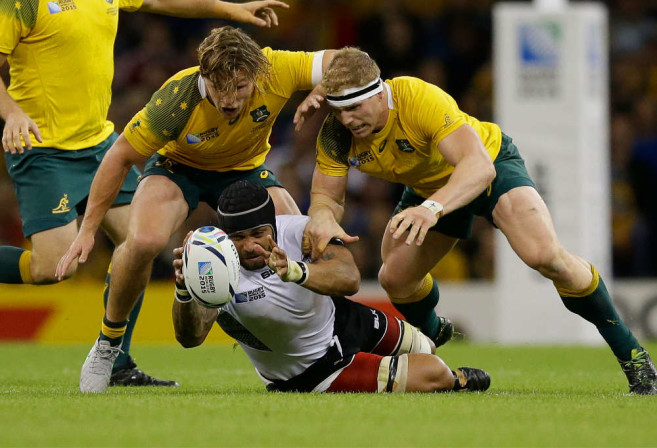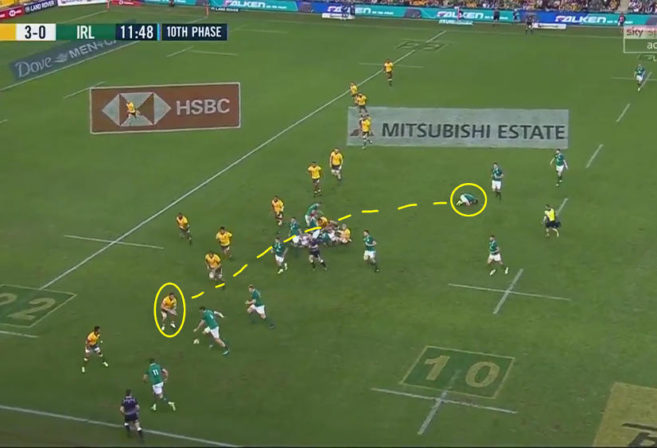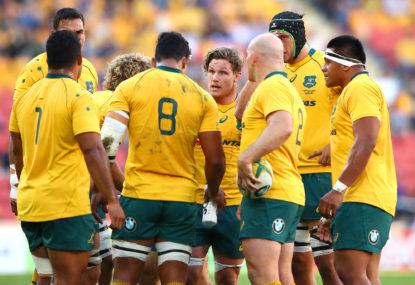The Six Million Dollar Man was one of the most popular television series on the box in the 1970s.
The show was a sci-fi fantasy featuring an opening reel with footage of a plane crashing in the desert: “Flight com, I can’t hold her! She’s breaking up… she’s break–” from the voice of the pilot. Then the transmission goes dead.
Cut to the operating table, and the body of our hero: “Steve Austin, astronaut, a man barely alive”, played by Hollywood actor Lee Majors.
Cue the voiceover: “Gentlemen, we can rebuild him. We have the technology. We have the capability to build the world’s first bionic man. Steve Austin will be that man. Better than he was before. Better, stronger, faster.”
Steve Austin has his left eye, right arm and both legs replaced by bionic transplants so that he can see in infrared at much greater magnification, run a lot faster (at least 60 miles per hour) and hit with the power of a rhino.
The show, and its sister series, The Bionic Woman, were both wildly successful at the time, and an important early chapter of Hollywood’s ongoing fascination with cyborgs, superheroes and otherwise enhanced human beings was written with it.
The phrase “We can rebuild him. We have the technology,” passed into popular folklore at the same time. Wallaby captain Michael Hooper may not have been rebuilt, but he has certainly been repaid for his loyalty to Australian rugby with his handsome new five-year deal worth $6 million.
The contract is in line with Australia’s other top players. David Pocock is said to be on $4 million over three years, while Israel Folau will be looking to negotiate an extension to his reported $2 million per year, three-year flexi-deal which finishes in 2018.
The deal secures Hooper’s service for the next two World Cup cycles, and there was no hint of a move to Europe.
“I didn’t entertain anything else. I was wearing a Wallabies jersey when I was five years old. To keep [doing] that for as long as possible is something that is super exciting to me,” Hooper said.
It allows Australian rugby to evolve at both international and Super Rugby level secure in the knowledge that its masthead figures will be part of the development process.
The size and length of Hooper’s contract has also predictably reignited the debate about whether he should be seen as one of Australia’s core players, whether he is Australia’s best number 7, and whether he and Pocock should be playing together in the same run-on team.
The answer to two of those questions is clearly ‘yes’, while the demonstrable success of the Hooper-Pocock dovetail in the back-row makes the second query irrelevant.

(AP Photo/Matt Dunham)
The old knock on the ‘Pooper’ combination – that it lacks lineout presence with two non-jumpers in the back row – lost credibility during the Ireland series in June. After a shaky start in the first Test, the Wallaby lineout settled down to win 90 per cent of its own ball over the course of the series.
Australia even won more ball against the throw than Ireland during the second and third matches, despite the presence of 6’11” Dev Toner and a full hand of five lineouts targets for the men in green.
The character of Australia’s outstanding defensive performance at Suncorp stadium showed how well Pocock and Hooper can work together in concert. Pocock made 15 tackles, Hooper 16. While Pocock was rightly lauded for his herculean four-turnover defensive breakdown effort in the first Test, Hooper’s three forced fumbles in the tackle and two successful counter-ruck turnovers received far less media attention but were equally important.
That is why the synergy between the two works in defence. Pocock provides the endurance and ‘stickability’ in contact at the breakdown, Hooper leads the line-speed in the Wallaby defence opposite the first receiver. Without either, it would not be the same.
Throughout the match, Michael Hooper targeted probably Ireland’s most powerful forward ball-carrier, second-rower Iain Henderson, and dominated him in the physical stakes. It was no coincidence that Henderson was not selected for the final two Tests after he had been ‘Hoopered’:
Hooper also worked in combination with Pocock to achieve favourable outcomes when the Ulsterman carried the ball. In the next example, Hooper’s tackle drives Henderson away from his support and into a poor setup situation where the ball goes to ground closer to Pocock than the Irish cleanout players. Pocock’s extraordinary ability on the deck does the rest:
It is Hooper’s unique mix of qualities in his position which persuades the Wallaby defensive coach Nathan Grey to innovate and find new ways of using them. Most rugby enthusiasts are aware of Hooper replacing Bernard Foley in the 10 channel from first-phase lineouts. Less obvious is his role on kick-chase:
Kicking teams will often try to bracket a receiver with two fast main chasers coming from either side, like the ‘gunners’ on a punt return chase in American football. It is the task of these gunners to contain the return yardage on the outside and tackle the receiver deep in his own end.
The outside gunner is usually a winger running down the sideline while the inside chaser is typically one of the centres. The Wallabies tend to use Hooper’s remarkable field coverage and tackling ability in the same vital role:
Hooper is the inside man in the bracket on Ireland winger Jacob Stockdale, Israel Folau is coming from the outside. He is able to not only bump Stockdale hard in the first contact – forcing a fumble which goes backwards – but then run onto Rob Kearney one pass further out to complete the tackle a long way upfield.
This is another area where the selection of two number 7s in the same side allows for better continuity. When Hooper is out of play, David Pocock can fill in on the same role – albeit without quite the same foot-speed.
Australia scored their first try of the game on the other side of the field after Pocock’s fumble recovery near the right-hand touch.
One of the most outstanding features of Hooper’s defensive play is his ability to create ‘double involvements’ on the same sequence of play. He reloads from one play to the next very quickly and that allows him to make more than one significant contribution. It is like volley fire compared to sporadic single shots. The Stockdale/Kearney chase was just one of a number of examples in Brisbane:
Hooper leads the Wallaby defence up with a crushing hit on Joey Carbery which leaves the Ireland outside-half in a crumpled heap on the ground, but one breakdown later he has wrapped around to mark Henderson (again) and ensure that Australia has the right defensive numbers down the short-side:

It is a remarkable piece of work that most number 7s could only dream of emulating.
Late in the second half, Hooper was still going strong:
Kurtley Beale’s crossfield kick is bracketed by Hooper and Folau, with Folau winning the ball back over Stockdale.
When Will Genia puts in a second kick all the way up to the Ireland goalline on the next phase, it is Hooper who drives the counter-ruck on Stockdale and forces the penalty. Australia scored the game-winning try on the following sequence:
Summary
Michael Hooper is worth every bit of his $6 million contract, and his loyalty to Australian rugby has been rightly repaid by Rugby Australia.
He is probably as close to the bionic man as you will find on an international rugby field. He triggers Wallaby line-speed defensively, and his quickness off the mark and on the reload means that he is often able to overwhelm players who are far bigger than him.
As the legendary American football coach Bill Walsh once said of his own smart but undersised players at the San Francisco 49ers, you have to be able to beat your opponent to the punch. Speed and dynamism count for more than pure size and strength.
Hooper’s field coverage and tackling ability is also key to the Wallaby lineout defence in the 10 channel and their kick-chase. His double involvements within the same sequence are class-leading.
The combination with David Pocock in the same back row is still a sweet option for Australia. When they are defending on the same side of field, there is the classic danger of a Hooper tackle/Pocock jackal turnover. On opposite sides, opponents have to choose between the threats of Pocock on-ball, or Hooper bringing the line up with him fast. It is a good place for Australia to be.
Why worry about who is the superior number 7, or who fits an imaginary profile of the ideal openside flanker better, when you can have both on the field at once? Just like the six million dollar man on TV, that back-row profile has already been rebuilt, but better than it was before.































































































